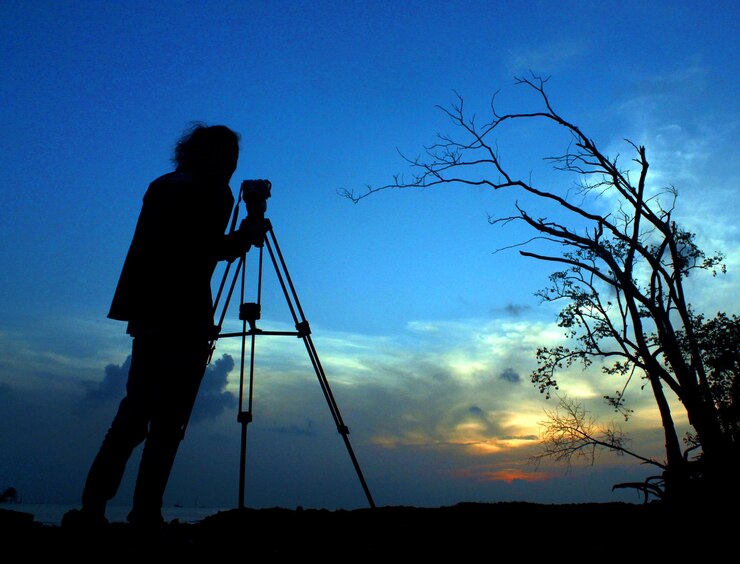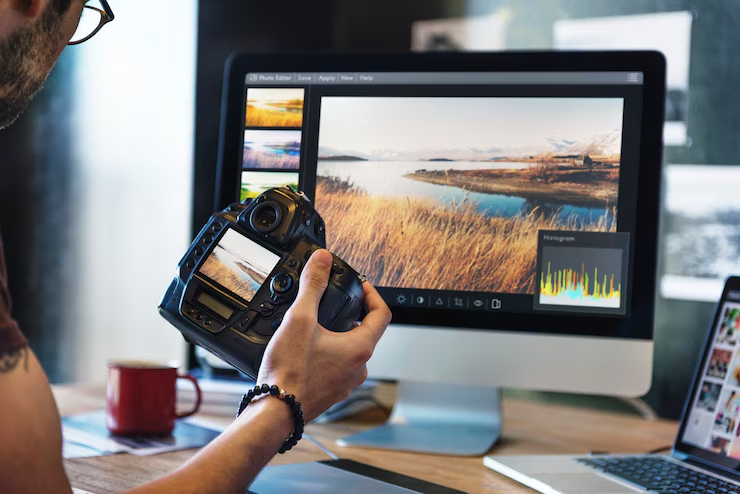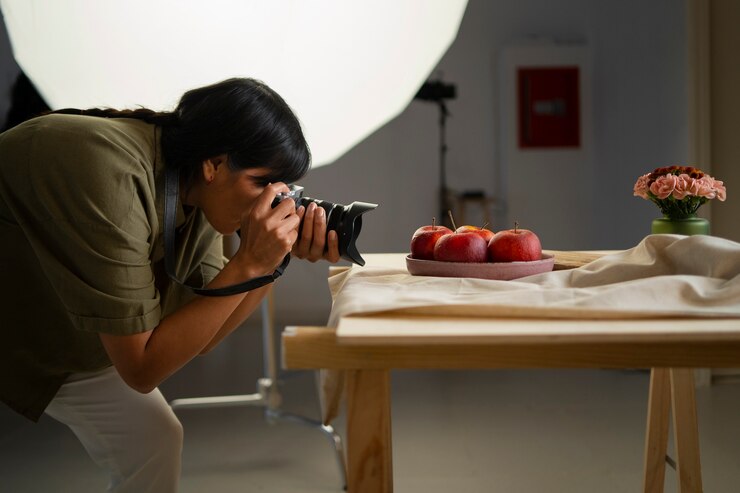Career in photography is all about capturing moments beautifully, and natural light can elevate your photos without any expensive gear. Whether you’re shooting portraits, landscapes, or everyday scenes, understanding how to work with natural light is key to creating stunning images. Let’s dive into some beginner-friendly tips to master this art.
Explore more career in photography
Why Natural Light is a Game-Changer
Natural light adds depth, warmth, and authenticity to your photos. Unlike artificial light, it’s soft, dynamic, and constantly changing, allowing for creative experimentation. Plus, it’s budget-friendly perfect for beginners!

Best Times to Shoot: Golden Hour and Blue Hour
Timing is everything in natural light photography.
- Golden Hour: The hour after sunrise and before sunset. The light is warm, soft, and creates long shadows, making it ideal for portraits and landscapes.
- Blue Hour: The period just before sunrise or after sunset. It provides a cool, dreamy vibe for urban shots or nature scenes.
Positioning: Work With the Light, Not Against It
How you position your subject relative to the light makes a huge difference:
- Front Lighting: Illuminates your subject evenly but can appear flat.
- Side Lighting: Adds depth and drama with shadows and highlights.
- Backlighting: Creates a magical glow around your subject, especially during golden hour.
Simple Hacks for Beginners
- Use Reflectors: A white sheet or aluminum foil can bounce light onto your subject.
- Find Open Shade: Shooting in shade avoids harsh shadows on sunny days.
- Experiment Indoors: Use window light for soft, diffused portraits.
Editing Enhances Natural Light Photos
Once you’ve captured your shots, basic editing can elevate them further. Use free tools like Snapseed or Lightroom Mobile to adjust brightness, contrast, and warmth.

Conclusion
Career in photography teaches you to observe your surroundings, experiment with angles, and adapt to changing conditions. It’s a skill that will improve every aspect of your photography journey.
With these beginner-friendly tips, you’re ready to step outside and start shooting. Remember, practice is key experiment, learn from your mistakes, and most importantly, have fun capturing the world around you!



